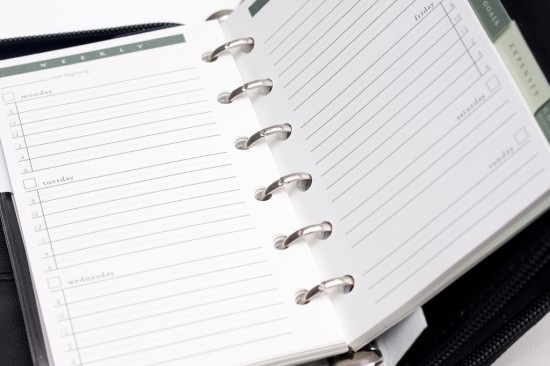advertisement
By now, you’ve passed the half way mark in your school year if you follow a traditional school year calendar. This isn’t usually the time that you’d think about making a plan for the next school year, but maybe you should be thinking about it. Winter tends to be a blah time. We get depressed. Our kids aren’t as motivated to do their school work. And then what happens? We start to question our homeschooling. Instead of falling into that trap, let’s use it to our advantage this year!
I like to plan and be organized, but let’s face the truth: Things change. Things don’t work. New opportunities come along. Then I find myself frustrated with the plan. I have to leave margin in my planning to be spontaneous and to take unexpected breaks.
The Yearly Big Picture
Start by thinking through your school year as a whole. What do you want to accomplish? If you have more than one child, think about this from the family level and then for each of your children. What values and character traits are important to impress upon your kids? What is the next step for your child in each area of learning? What is your child interested in studying this year? What has been working well? What has not been working so well? Answering these questions will help you decide what curriculum, books, and methods should be dropped and help you find new options.
Once I have a big picture idea of what I want to accomplish, then I break it down to determine how to make that happen in the time frame or make the decision on what size chunks to tackle on a daily or weekly basis without regard for the ending time. After doing this for each subject area, I have a big overview of the school year.
The Terms or Big Chunks
How do you like to break apart your year? Do you follow your local traditional calendar? Semesters? Trimesters? Where are your breaks? Whatever schedule you like to follow, plug in your breaks and determine what the big chunks of your year are. What goals do you have for that time? Do you need to be through a particular lesson to meet your yearly goal for a subject? What topics do you want to cover in a subject during that term? Don’t get too detailed or you’ll drive yourself crazy, but this will have more detail than your yearly plan.
4-6 Weeks of Detail
This is where the detail starts to really emerge. Plan out 4-6 weeks – no more! This is where you can decide which lessons to do on which day. Pencil in the assignments on the proper days and spaces. Planning in detail at this level keeps you on track and allows for adjustment without throwing your whole plan out the window in frustration. In addition, it keeps you from finding yourself scrambling on Sunday night each week to figure out what the plan is for the week. Schedule time to do this again every 4-6 weeks.
Weekly and Daily
Each week, review your plan. Make adjustments. Keep track of what was actually accomplished. Reschedule or drop things you didn’t get to. Make any notes for your next 4-6 week planning session.
This type of a system works if you use a paper planner, electronic system, or use a hybrid approach like me. Take a moment today to make some notes that will help you when it’s time to start planning for next year. I hope this helps you plan for next year with less stress and more margin in your life.
Amanda is a former church communications director with a MA in Old Testament Studies turned homeschooling mom. She blogs about life, motherhood, homeschooling, technology, books, faith, and more at ThePelsers.com.
Join 40,000+ Other Awesome People
Subscribe to the Real Life at Home weekly newsletter to get our latest content, exclusive free printables, learning activities, and ideas for celebrating with your kids all year

These are great tips, thank you!
You’re welcome. Glad they were helpful!